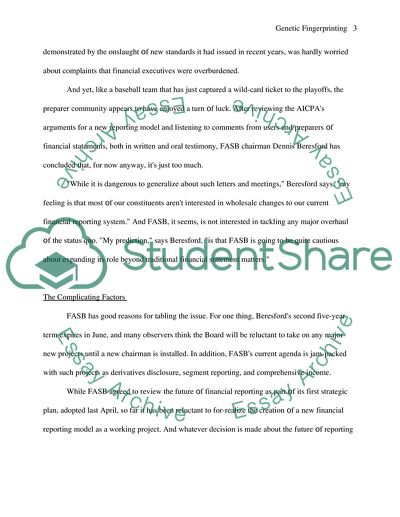Cite this document
(Harmonisation and Financial Reporting Coursework, n.d.)
Harmonisation and Financial Reporting Coursework. Retrieved from https://studentshare.org/finance-accounting/1711891-topic-area-harmonisation-and-financial-reporting
Harmonisation and Financial Reporting Coursework. Retrieved from https://studentshare.org/finance-accounting/1711891-topic-area-harmonisation-and-financial-reporting
(Harmonisation and Financial Reporting Coursework)
Harmonisation and Financial Reporting Coursework. https://studentshare.org/finance-accounting/1711891-topic-area-harmonisation-and-financial-reporting.
Harmonisation and Financial Reporting Coursework. https://studentshare.org/finance-accounting/1711891-topic-area-harmonisation-and-financial-reporting.
“Harmonisation and Financial Reporting Coursework”, n.d. https://studentshare.org/finance-accounting/1711891-topic-area-harmonisation-and-financial-reporting.


